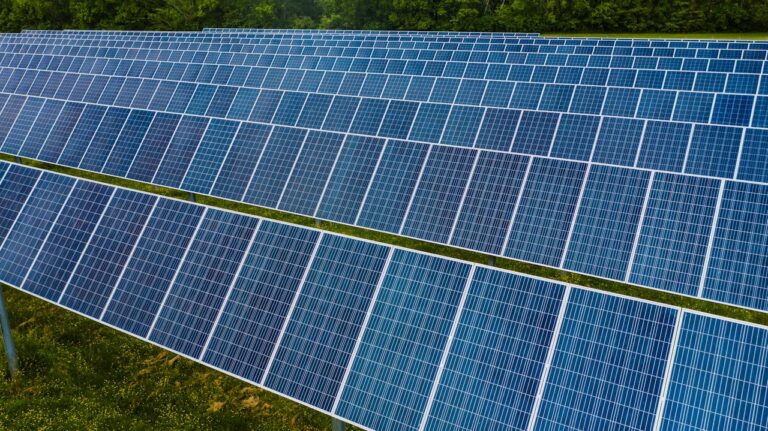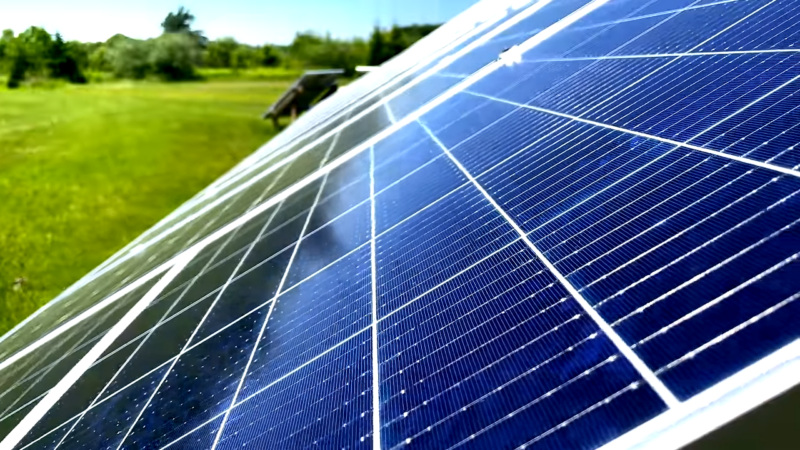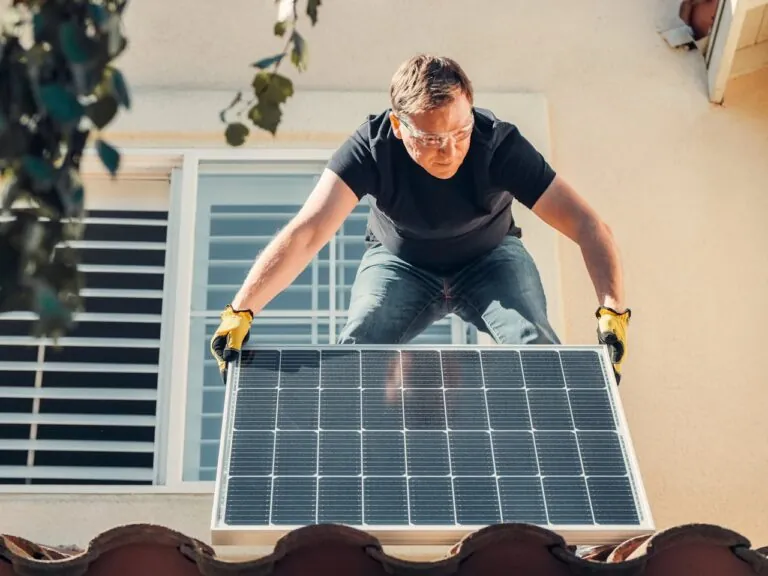Bifacial solar panels are an innovative technology in the renewable energy sector.
They harness sunlight from both their front and rear surfaces, maximizing energy capture and efficiency.
Unlike traditional solar panels, which only absorb light from one side, bifacial panels are designed to take advantage of reflected light from surrounding surfaces such as the ground or nearby structures.
This unique capability allows installations with bifacial panels to potentially generate more power in less space compared to conventional setups.
Whether mounted vertically to capture sunlight during peak times or installed on rooftops with reflective materials, bifacial solar panels offer a versatile solution for various environments.
Fundamentals of Bifacial Solar Panels
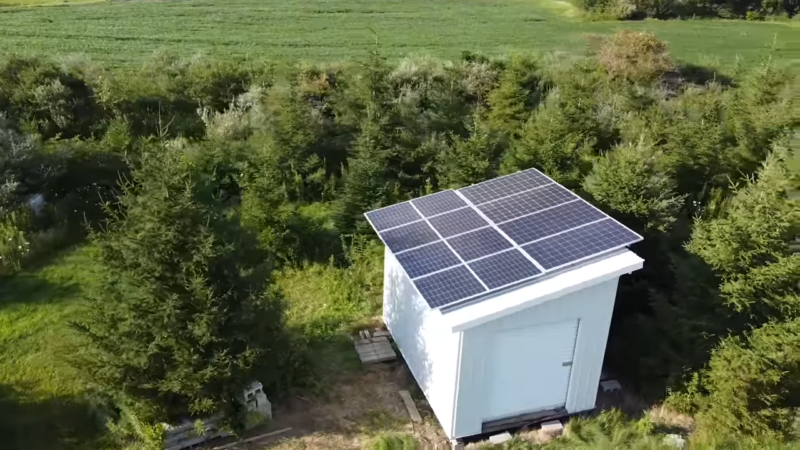
Definition and Design
Bifacial solar panels are unique solar modules equipped with photovoltaic cells on both the front and back sides. These panels capture sunlight directly on the front and utilize reflected light, or albedo, on the backside. This dual-sided construction leads to higher overall energy generation compared to traditional single-sided panels.
Typically made from glass-on-glass or glass-on-transparent backsheet design, bifacial panels can be installed in a variety of orientations, including vertically, to optimize energy capture at different times of the day.
Historical Development
Bifacial solar panels trace their origins back several decades but have gained significant traction in recent years due to advancements in manufacturing and material technologies.
Initially used in specialized applications, these panels have benefited from improvements in efficiency and cost reductions, making them more accessible to mainstream markets.
The increasing focus on maximizing renewable energy output has spurred further interest and investment in bifacial technology, resulting in widespread adoption in both residential and commercial sectors.
Types of Bifacial Panels
- Glass-on-glass panels feature a layer of tempered glass on both sides, offering enhanced durability and protection against environmental stressors.
- Glass-on-transparent backsheet panels provide a lighter alternative, maintaining high efficiency while reducing weight.
Some bifacial panels incorporate advanced cell technologies like PERC (Passivated Emitter and Rear Cell) or HJT (Heterojunction Technology), further boosting their performance. These options enable users to select the most suitable type based on their specific energy needs and site conditions.
How Bifacial Solar Panels Work
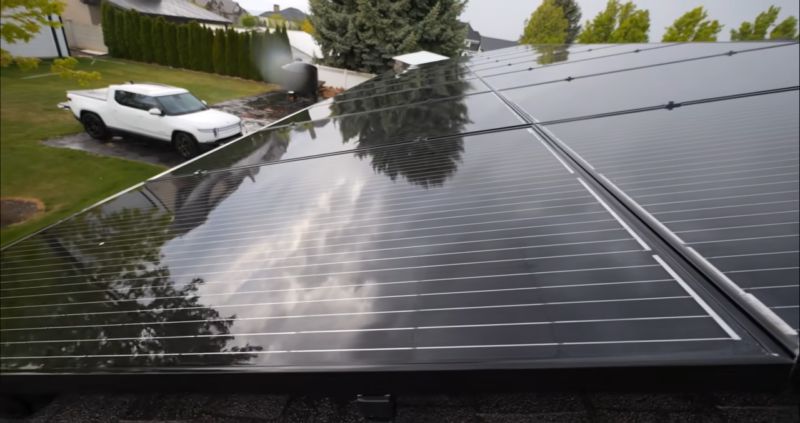
Photovoltaic Principles
At their core, bifacial solar panels operate on the same photovoltaic principles as conventional solar panels. Photovoltaic cells convert sunlight into electricity through the photovoltaic effect, where light absorbed by the cell generates a flow of electric current.
In bifacial panels, the cells on both sides capture light, enhancing their effectiveness. Traditional panels only utilize light hitting the front surface, while bifacial panels harness light from both direct exposure and reflection.
Bifacial Panel Structure
Bifacial solar panels have a unique structure. Unlike traditional panels with a solid backing, bifacial modules feature a transparent back sheet or a glass cover on both sides. This enables light to pass through and be absorbed from the rear side, which is not possible with conventional designs.
This design allows bifacial panels to capture reflected light, known as albedo, from surfaces such as the ground, water, or rooftops. This increases energy generation by taking advantage of the ambient environment.
Light Absorption and Generation
The front side captures direct sunlight, while the back side absorbs reflected light. This dual-sided absorption is particularly effective during sunrise and sunset when the sun’s angle results in significant reflected light.
Increased surface area and optimized placement, such as vertical or tilted installations, boost performance. Strategic placement ensures panels can capture the maximum amount of reflected light throughout the day, enhancing overall energy output. Due to this efficiency, bifacial panels are becoming a favored choice for maximizing energy production in a given space.
Advantages of Bifacial Panels
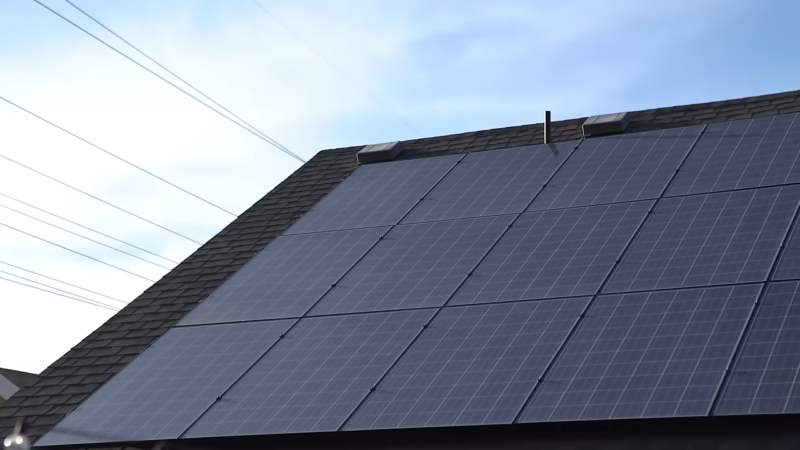
Increased Energy Yield
This dual-sided absorption allows more sunlight to be utilized, leading to improved efficiency. When installed on reflective surfaces like white roofs or the ground, the panels can capitalize on the reflected light, boosting their overall energy output.
In addition to enhanced energy capture, bifacial panels perform well under low-light conditions. This makes them ideal for regions with variable weather, ensuring consistent energy production even when sunlight is limited. This increased efficiency translates to better energy generation, ultimately lowering electricity costs.
Durability and Longevity
Bifacial solar panels are built to be robust and durable. They often come with a transparent backsheet or dual-glass design, which provides additional structural integrity. This design not only allows for light absorption on both sides but also enhances the panel’s resistance to environmental stress, such as snow load or wind pressure.
To maximize efficiency and prolong the lifespan of bifacial panels, regular cleaning and maintenance are essential to prevent dirt and debris from obstructing light absorption.
The materials used in bifacial panels, including tempered glass and resilient encapsulants, contribute to their long lifespan. These components are less likely to degrade over time, ensuring the panels maintain their efficiency for many years. Investing in bifacial solar panels can result in lower maintenance costs and fewer replacements over the system’s lifetime.
Versatile Installation
They can be set up vertically or horizontally, and they perform well in both ground-mounted and rooftop configurations. This versatility allows for optimized placement according to the specific site conditions and available space.
In urban environments, bifacial panels can be integrated into building facades or used as part of sunshades and canopies. This integration not only provides energy but also adds an aesthetic element to the architecture. The ability to capture light from different angles affords greater flexibility in design and installation, catering to diverse project requirements.
Performance and Efficiency
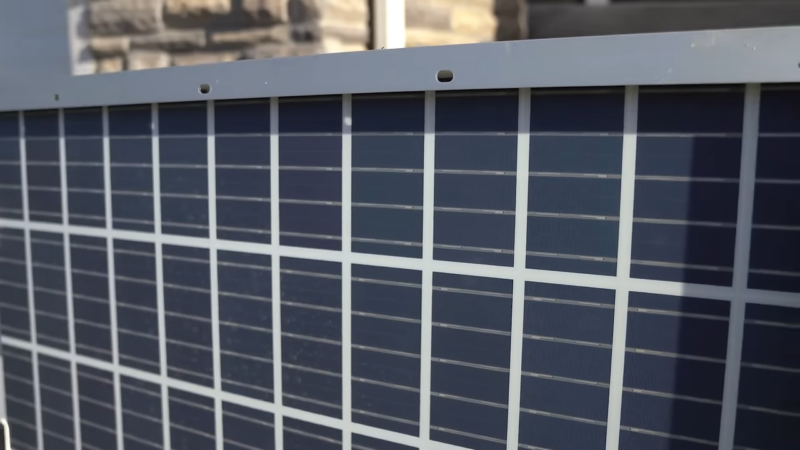
First, albedo, or the reflectivity of the surrounding surface, plays a significant role. Surfaces like white roofs or light-colored ground can reflect more sunlight to the rear side of the panels, enhancing their energy capture.
The panel’s installation angle and height above the ground also affect performance. Optimal tilting and elevation allow more light to reach both sides. For instance, panels installed on elevated structures like carports can achieve better rear-side lighting.
The transparency and quality of the materials used in bifacial panels, particularly the glass used for the rear side, impact durability and light absorption. High-quality, anti-reflective coatings can further boost efficiency.
Comparative Efficiency With Monofacial Panels
Studies have shown that bifacial panels can produce up to 30% more energy under optimal conditions. This increase is primarily due to their ability to capture reflected light.
The increased efficiency also translates to better performance in diffused light conditions. While monofacial panels rely heavily on direct sunlight, bifacial panels can make better use of cloudy or shaded environments.
Bifacial panels also tend to have longer lifespans due to their double glass covers, which provide additional protection against environmental factors. This added durability can lead to lower maintenance costs and a longer return on investment.
Installation and Integration
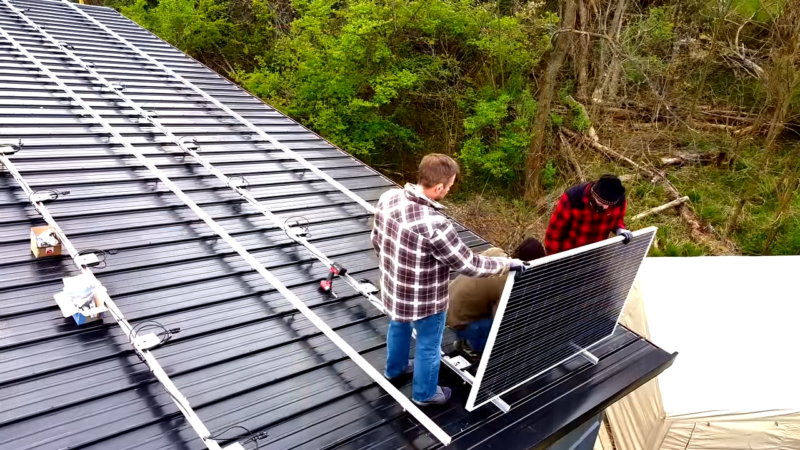
Mounting Considerations
Mounting options include ground mounts, pole mounts, and rooftop installations.
Ensuring that sunlight reflects onto the rear side of the panels is crucial. Elevated installations, such as on carports or pergolas, can be effective, as they allow more light to reach the backside.
Transparent or light-colored surfaces beneath the panels enhance reflected light absorption. Adjusting the tilt angle and spacing helps optimize performance.
Grid and Off-Grid Implementations
For grid-tied systems, these panels can reduce electricity bills by feeding surplus power back into the grid. Installing bifacial panels in off-grid systems requires battery storage for energy use during non-sunny periods.
Hybrid systems can combine grid and battery storage to ensure consistent power supply. In off-grid scenarios, careful planning of energy storage capacities and usage patterns is essential to maintain a stable power supply.
Compatibility With Other Renewable Technologies
![]()
These combinations can provide a balanced energy mix, increasing overall efficiency. Using bifacial panels with solar trackers can significantly boost energy production by aligning the panels with the sun’s movement.
Collaborating technologies can share common infrastructure, such as inverters and battery storage, which can reduce overall installation costs. Hybrid systems combining multiple renewable sources ensure a more reliable and continuous energy supply.




